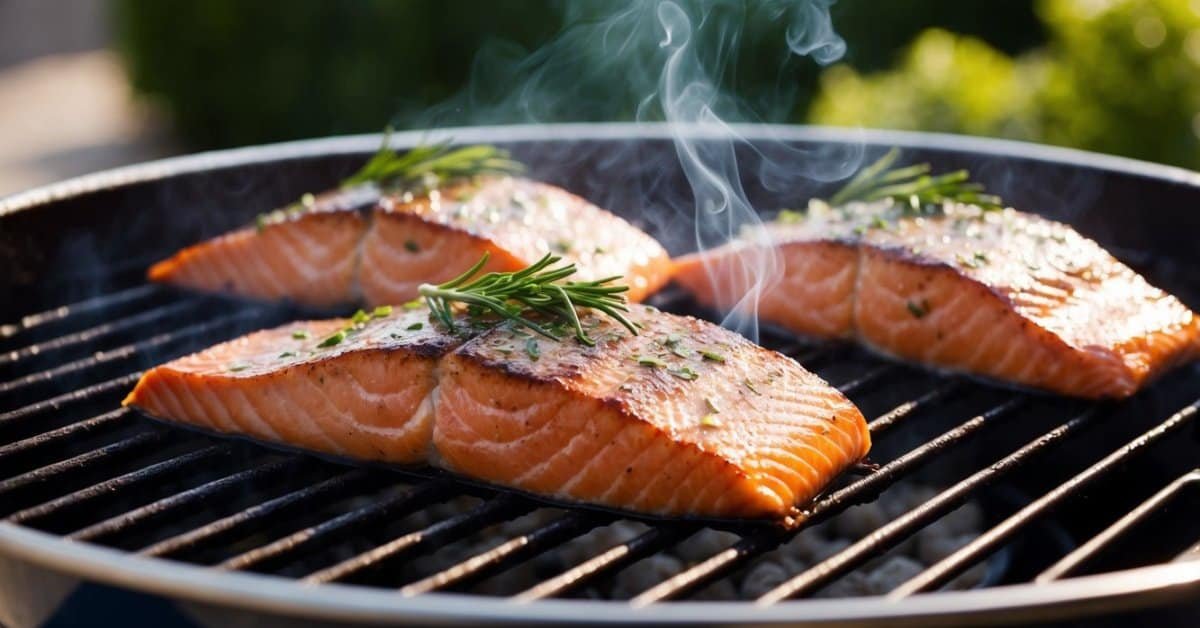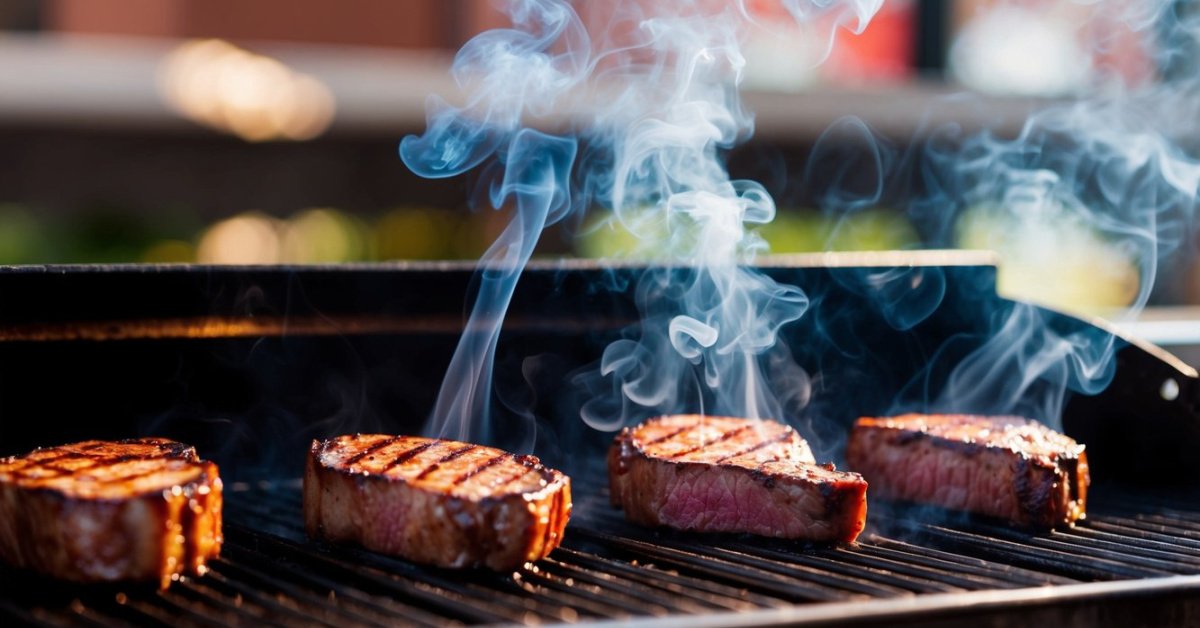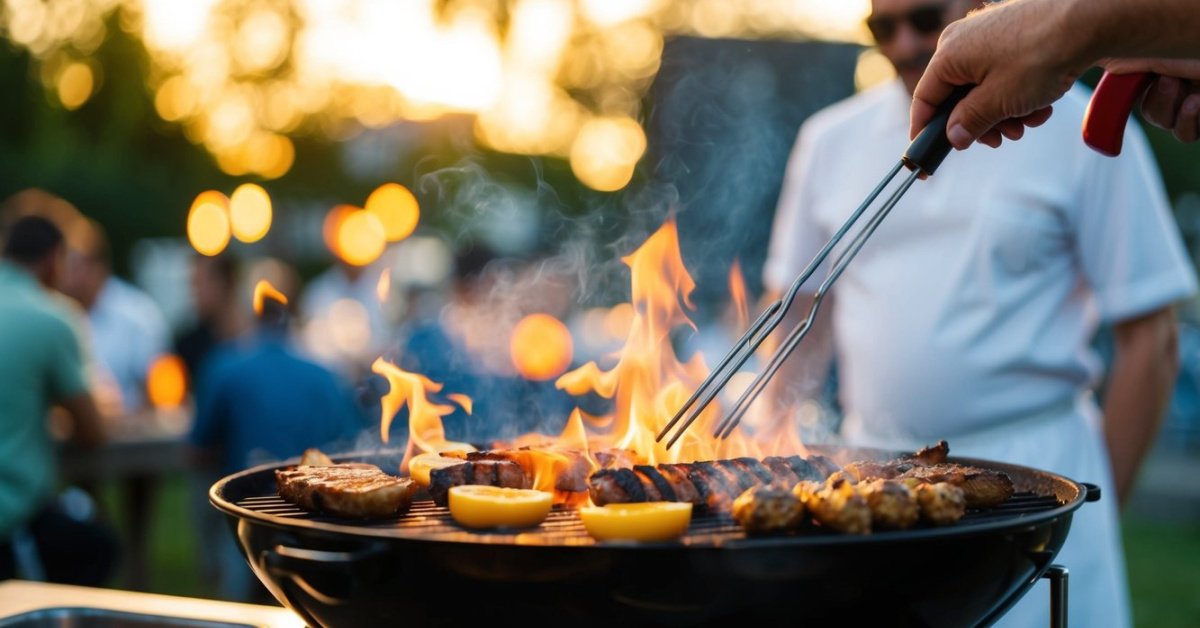When summer rolls around, nothing beats firing up the grill for a barbecue with friends and family. But with so many gas grills on the market, choosing the right one can feel overwhelming.

I’ve spent years perfecting my grilling skills, and I understand how important it is to find a grill that fits your needs and lifestyle. Whether you’re a seasoned pitmaster or just starting out, knowing what to look for can make all the difference in your grilling experience.
Let’s explore the key factors that will help you select the perfect gas grill for your backyard adventures.
Types of Gas Grills
I evaluate different types of gas grills based on fuel source and portability. This approach helps me find a grill that aligns with my outdoor cooking needs.
Propane vs. Natural Gas
Propane grills utilize bottled tanks, providing flexibility in placement. Natural gas grills connect to a home’s gas line, offering continuous fuel without refills. I prefer propane if portability matters; otherwise, natural gas delivers convenience for a stationary setup.
Portable vs. Built-In
Portable grills are lightweight, allowing easy movement and storage. Built-in grills integrate into outdoor kitchens, offering a permanent grilling solution. I choose portable models if I enjoy relocating my grill frequently; I opt for built-ins when seeking a seamless backyard setup.
Key Features to Consider
Choosing the right gas grill involves evaluating several essential features. Here’s what I focus on to ensure optimal performance and durability.
BTU Output
BTU (British Thermal Unit) measures a grill’s heat output. Typically, gas grills range from 20,000 to 60,000 BTUs. Higher BTUs allow for faster cooking and better searing. However, more BTUs do not always mean better performance if heat distribution is uneven. It’s crucial to balance BTU output with grill size and burner quality for consistent cooking results.
Number of Burners
The number of burners affects cooking flexibility. Most gas grills have between two to six burners. More burners provide separate heat zones, enabling simultaneous cooking of different foods at varying temperatures. For example, a six-burner grill can accommodate high-heat searing on one burner while maintaining a low-heat area for simmering sauces on another.
Grill Material and Construction
Durability and heat retention depend on the grill’s materials and construction. Stainless steel offers resistance to rust and corrosion, making it ideal for outdoor use. Cast iron grates ensure even heat distribution and excellent searing capabilities. Additionally, a sturdy frame and quality welds contribute to the grill’s longevity and stability during use.
Budget and Price Range
Determining your budget is crucial when selecting a gas grill. Grills typically range from $200 to $3,000, each bracket offering distinct features.
Price Categories
| Price Range | Features |
|---|---|
| $200 – $500 | Basic models with fewer burners, simpler construction, limited materials |
| $500 – $1,000 | Mid-range grills offering better build quality, more burners, additional features like side burners or sear stations |
| $1,000 – $2,000 | High-end grills with multiple burners, premium materials like stainless steel, advanced features such as infrared burners or rotisserie systems |
| $2,000+ | Top-tier grills offering extensive cooking surfaces, superior durability, integrated smart technology, and comprehensive accessory kits |
Balancing Cost and Features
I find that mid-range grills typically provide the best value, balancing cost with essential features. Investing in a slightly higher-priced model can offer greater durability and more cooking options, enhancing your grilling experience.
Long-Term Investment
Consider the long-term benefits of spending more upfront. Higher-priced grills often require less maintenance and have longer lifespans, saving money over time. Additionally, advanced features can expand your cooking capabilities, making grilling more enjoyable and versatile.
Setting Your Budget
Assess your grilling frequency and desired features to set a realistic budget. Frequent grillers may prioritize higher-end models for durability and performance, while occasional users might find sufficient quality in the lower to mid-price ranges.
Brand Reputation and Warranty
Choosing a reputable brand ensures reliability and quality in your gas grill. I research brands with positive reviews and a history of producing durable grills. Established brands often offer better customer support and access to replacement parts.
Evaluating warranty terms helps protect your investment. I compare warranty lengths and coverage details before deciding. A comprehensive warranty typically covers parts like burners and ignition systems for at least three years. Some brands offer extended warranties for additional peace of mind.
Consider the manufacturer’s reputation for honoring warranties. I read customer experiences to understand how effectively brands handle warranty claims. Reliable brands stand behind their products, providing hassle-free service when needed.
| Brand | Warranty Duration | Coverage Areas |
|---|---|---|
| GrillMaster | 5 years | Burners, ignition, grates |
| FlamePro | 3 years | Burners, knobs, control panels |
| HeatWave | 4 years | Grates, burner valves, ignition |
Selecting a grill from a well-regarded brand with a solid warranty ensures long-term satisfaction and support for your grilling adventures.
Conclusion
Finding the perfect gas grill has been a game changer for my outdoor cooking adventures. It’s rewarding to have a grill that fits my lifestyle and preferences.

« How to Clean Stainless Steel Grill Grates: Essential Tips for Sparkling Results
Best Fire Extinguishers for Grill Safety: Top Picks for Secure Cookouts »
Now every barbecue is a breeze and brings joy to me and my guests. I hope you enjoy the process of selecting your ideal grill and have fantastic grilling experiences ahead.













